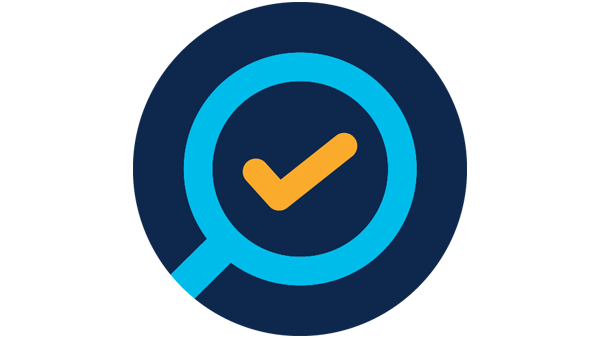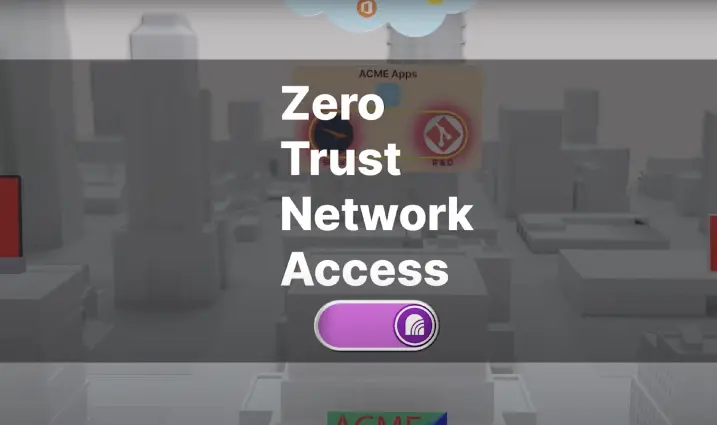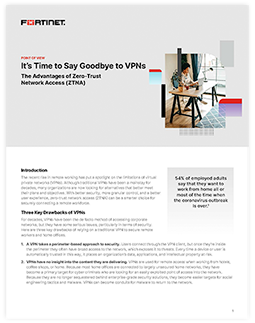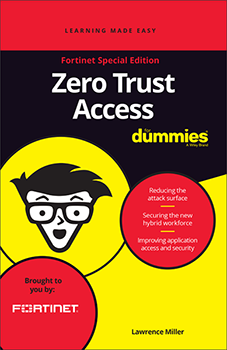Why Zero Trust Access?
Secure Access Everywhere
It’s no longer safe to assume that just because a device is connected to the network, it should have access to everything. Fortinet Zero Trust Access continually verifies who and what is using your resources. IoT and endpoint devices are identified and secured, while IT teams gain full visibility into and control over what’s connected to your network.
Increase Security with ZTA Solutions
As users continue to work from anywhere and IoT devices flood networks and operational environments, continuous verification of all users and devices as they access corporate applications and data is needed. To protect networks and applications, network administrators must implement a zero-trust access approach and provide the least access privileges. Implementing zero-trust access includes requiring strong authentication capabilities, powerful network access control tools, and pervasive application access policies.
Remote Access and Application Access
Applying the zero-trust security model to application access makes it possible for organizations to move away from the use of a traditional virtual private network (VPN) tunnel that provides unrestricted access to the network. Zero-trust network access (ZTNA) solutions grant access on a per-session basis to individual applications only after devices and users are verified. This ZTNA policy is also applied when users are on the network, which provides the same zero-trust model no matter the user’s location.
Related Products
FortiClient
Endpoint Remote Access and Control
FortiToken
Network Access
FortiAuthenticator
Network Access
FortiGuard AI-Powered Security Services
Fortinet Zero Trust Access solutions provide continuous verification of all users and devices as they access corporate applications and data.

IoT Endpoint and Device Protection
Identify and secure unknown IoT endpoints and devices entering the network. Integrated endpoint visibility, control, and advanced protection ensure organizations are secure.
Identity and Access Management
Identify and verify users entering the network with high reliability. Centralized authentication includes SSO, certificate management, and guest management. MFA confirms identity with a second factor.


Remote Access and Application Access
Fortinet ZTNA solutions grant access on a per-session basis to individual applications only after devices and users are verified. This policy is also applied when users are on the network, enabling the same zero-trust model no matter the user’s location.
Recommended Resources

Universal Zero Trust Network Access

It’s time to say goodbye to VPNs — Whitepaper

Zero Trust Access For Dummies eBook
Overview
Organizations are embracing multiple public cloud platforms, resulting in increased complexity of management which impacts security and risk. Additionally, the built-in security tools that come with various cloud platforms are unique to each, compounding the challenge of consistently managing risk across all clouds in a multi-cloud world. This challenge renders security operations time consuming and ineffective. As the attack surface expands, organizations need to protect from not only from risks of configuration and management of the application elements themselves, but also from risks originating via cloud application programming interfaces (APIs) and UIs.
FortiCWP offers security administrators and DevOps teams the ability to evaluate their cloud configuration security posture, detect potential threats originating from misconfiguration of cloud resources, analyze traffic across cloud resources (in and out of the cloud), and evaluate cloud configuration against best practices. It enables the ability to manage risk throughout multi-cloud infrastructures, provides regulatory compliance reporting, and integrates remediation into the cloud infrastructure lifecycle automation framework.